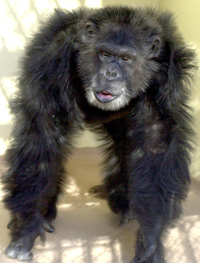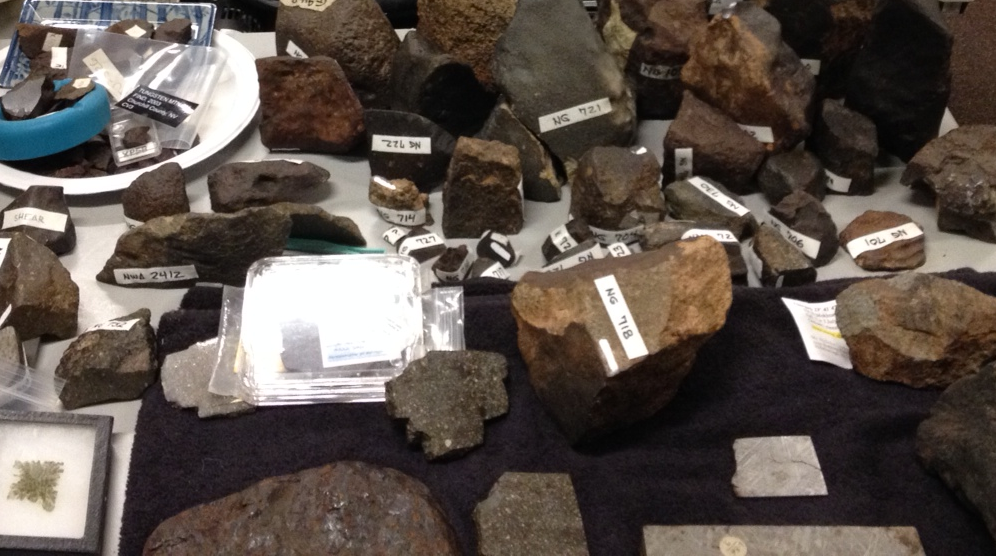Guest post by Lauren Burianek, doctoral candidate in cell biology
When humans are developing, they snuggle in a warm environment and everything is provided by the mother. The sex of this developing fetus is determined by its individual genetic makeup, particularly the presence of the X and Y chromosomes.
But laid as an egg in a hole on a riverbank, the sex of a red-eared slider turtle is determined by the temperature at which the egg is developed.
At temperatures above 84.6°F, the hatchling will develop into a female, but at lower temperatures, the hatchling will develop into a male. However, at exactly this temperature (called the pivotal temperature), half of the hatchlings will be female and the other half will be male.
Scientists have no idea how temperature affects the sex of the turtle hatchlings, but researchers in Blanche Capel’s lab at Duke are trying to find out.
Red-eared sliders breed in late spring near riverbanks in Louisiana. Researchers carefully collect the eggs from common nesting spots and send the eggs to Duke University. In the Capel lab, graduate student Mike Czerwinski then buries the eggs in sand and places them into incubators at different temperatures. From here, he will analyze the gonads, or sexual organs, of the turtle embryos incubated at the different temperatures.
Czerwinski and his colleague Lindsey Mork discovered that when the turtle embryos were incubated at the pivotal temperature, both gonads developed into either testes or ovaries, but rarely did the two gonads develop into one of each.
Then, they incubated the turtle embryos at the pivotal temperature, dissected the two gonads and incubated each of them at different temperatures, either male-developing or female-developing temperatures. Surprisingly, the separated pairs of gonads still attempted to develop into the same sex regardless of the incubation temperature.
For example, if one of the gonads incubated in the male-developing temperature readily turned into a testis, the other gonad of the embryo, even though it was incubated in female-developing temperatures, is slower to develop into an ovary than expected, suggesting that it was genetically predisposed to be a testis.
“The results are exciting because it shows that there is a global mechanism beyond temperature dependence that allows for sex determination,” said Czerwinski. “All we’ve known up until now is that temperature is important for these turtles, but now we know that there also has to be a genetic component. Sex determination is so varied between different species, but this might give us insight into how we’re all connected.”
Climate change could definitely be a factor in the survival of these turtles and other temperature-dependent species. After all, the dinosaurs are thought to have exhibited temperature-dependent sex determination.
With increasing temperatures, a higher proportion of hatchlings will be females. Snapping turtles, however, have found a way to combat this – by moving north. The same species of snapping turtles exhibit different pivotal temperatures at different latitudes.
Evolution truly is an amazing process.


















